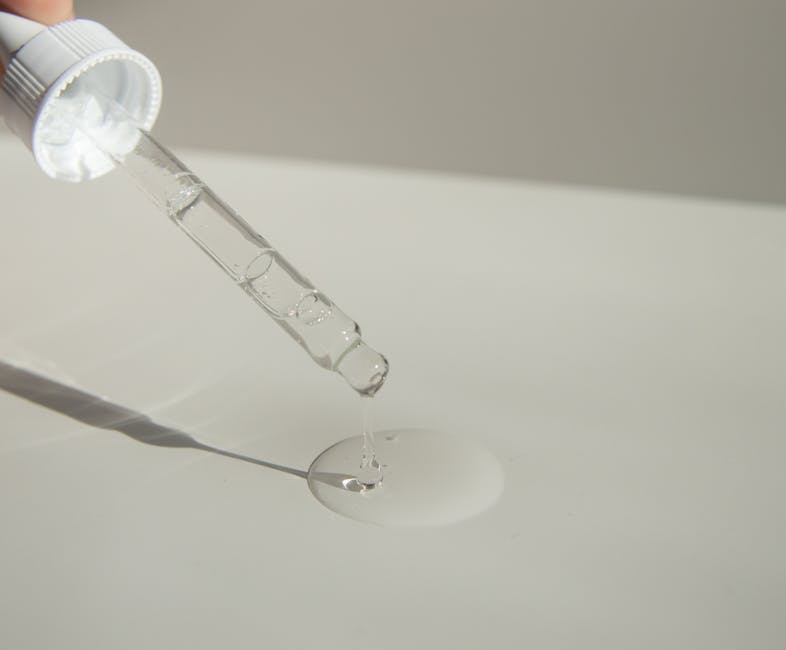Starting your journey into the world of ammo reloading can be as exciting as it is daunting. But fear not! With the right set of reloading supplies, the process becomes a rewarding pastime. In this friendly guide, we’ll walk you through the must-have items every beginner needs to start reloading with confidence.
1. Reloading Press
The cornerstone of any reloading setup, the reloading press is where the magic happens. From single-stage to progressive models, choosing the right press is a pivotal first step.
As beginners, a single-stage press might be the best option to start with. It allows you to understand each step of the reloading process in detail, promoting a strong foundation of knowledge. Once you’re comfortable, transitioning to a progressive press, which can produce more rounds per hour, could be your next step.
2. Die Set for Your Caliber
Specific to the caliber you’re planning to reload, dies resize the brass, seat, and crimp the bullet. A quality die set ensures accuracy and longevity of your ammunition.
When selecting a die set, consider the material and brand. Carbide dies, for example, are durable and don’t require lubrication for the case, simplifying your process. Brand reputation can also guide you towards reliable choices, ensuring smooth reloading sessions.
3. Reloading Manual
Knowledge is power, especially in reloading. A comprehensive reloading manual is your go-to guide for load recipes, safety procedures, and technical insight.
Don’t overlook the value of multiple manuals. Different editions and authors may offer varied perspectives and recipes. Cross-referencing can fine-tune your understanding and provide diverse options for your reloading endeavors.
4. Powder Scale
Precision is crucial, and a reliable powder scale ensures you measure the correct amount of gunpowder for every round, balancing safety and performance.
Digital scales offer ease of use and quick readings, while traditional balance scales highlight precision and reliability without the need for batteries. The choice depends on your personal preference and the volume of reloading you plan to undertake.
5. Calipers
Accurate measurements are non-negotiable. Calipers will help you check case lengths, bullet diameters, and overall cartridge lengths to guarantee your ammo’s reliability.
Electronic calipers can offer quick and precise readings with digital displays, making them user-friendly for beginners. However, traditional dial calipers are valued for their reliability and durability. Whichever type you choose, mastering its use is key.
6. Case Tumbler
Clean cases are happy cases. A case tumbler cleans and polishes spent brass, extending its life and ensuring smooth chambering and ejection.
7. Priming Tool
A priming tool allows you to insert new primers into your brass efficiently and safely, a crucial step in preparing your cases for a new load.
Hand priming tools provide a tactile feel for the priming process, allowing for greater control and sensitivity to any potential issues. Bench-mounted options, though less portable, offer speed and ease for larger batches.
8. Case Lubricant
Preventing stuck cases is essential. A good case lubricant helps your cases undergo resizing smoothly, protecting both the cases and your reloading dies.
Experiment with different lubricants to find what works best for you. Some reloaders prefer sprays for ease of application, while others stick with traditional greases for their consistency and control over the amount used.
9. Bullet Puller
Mistakes happen, and a bullet puller can save the day. This tool safely disassembles loaded rounds, allowing you to salvage the components.
Think of a bullet puller as an investment in learning. It’s not just about undoing mistakes; it’s about refining your process and understanding the variables in play. Opt for a hammer-style puller for simplicity or a collet-type for efficiency.
10. Loading Trays
Organization is key in reloading. Loading trays keep your cartridges upright and in order during the reloading process, streamlining your workflow and minimizing errors.
Selecting loading trays with versatility for different calibers can be a cost-effective way to support a growing reloading hobby. Additionally, consider the material—whether plastic or metal—for durability and ease of use.


